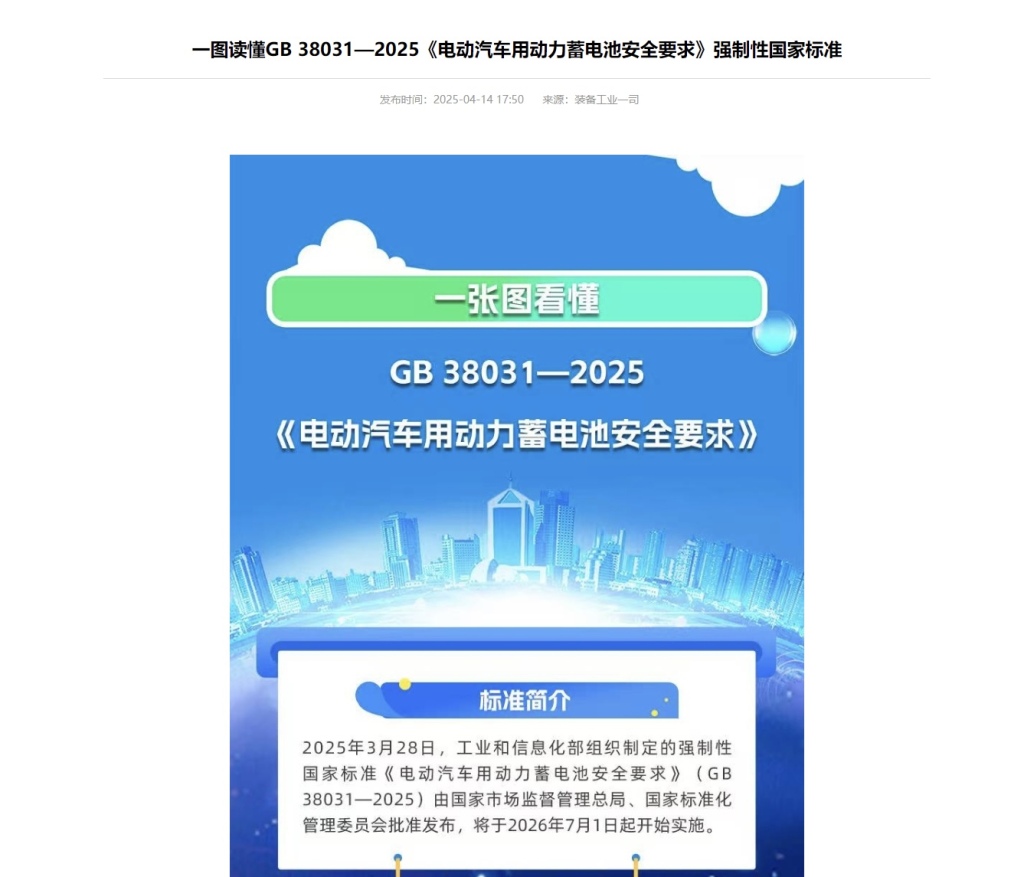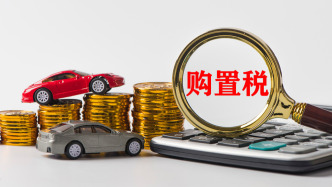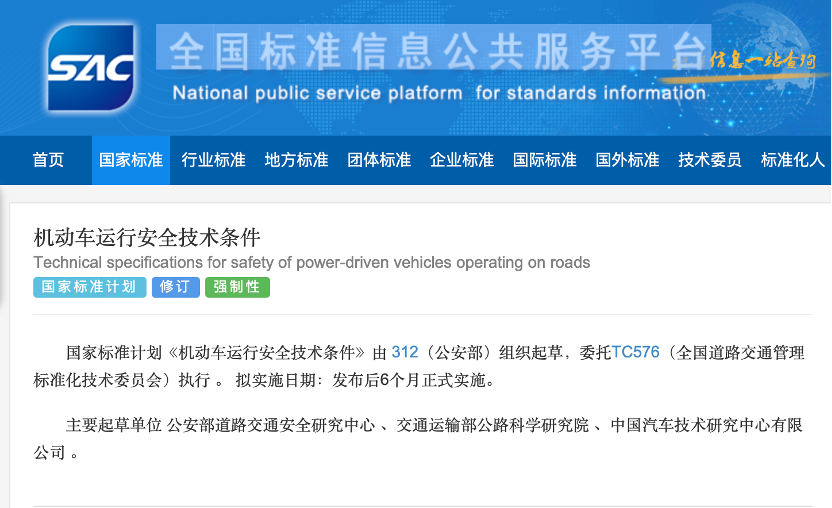
Today, China's new energy vehicle industry is undergoing a profound transformation from technological exploration to market maturity. Driven by the waves of electrification and intelligentization, the connotation of new energy products has become increasingly rich. The focus of competition among automakers has shifted from "refrigerators, TVs, and comfortable sofas" to driving range and intelligent cockpits, and then to driving experience or ecosystem services. Each automaker is exploring a differentiated development path.
However, in this comprehensive competition for innovation in new energy vehicles, there is a core issue that should never be overlooked—how to build a safety guarantee system covering the entire life cycle of a vehicle, and how to ensure the personal safety of drivers and passengers. Recently, the performance of the Lynk & Co 08 EM-P in a real-world road accident has attracted widespread attention both inside and outside the industry. This is not only due to its outstanding safety performance protecting the occupants, but also because it prompts us to rethink: in this new stage of high-quality development of new energy vehicles, what are the truly worthwhile cornerstones of product value?
Beyond configuration competition, building new competitiveness with safety at its core.
Currently, China's new energy vehicle industry is showing a diversified and multi-layered development trend. On the one hand, configuration innovations, represented by intelligent cockpits and human-machine interaction, have objectively promoted the improvement of the overall vehicle intelligence level and provided consumers with more diverse choices, reflecting the industry's keen insight into user needs.
However, in the process of rapid industry development, we also need to be clearly aware that comfort features and safety are not mutually exclusive, but rather two driving forces propelling the industry towards high-quality development. As the market penetration rate of new energy vehicles continues to increase, the importance of vehicle safety performance is becoming increasingly prominent. And as a mobile space that carries life, the safety performance of automobiles should be the cornerstone of all innovative practices.
As the new energy vehicle industry enters a more challenging phase of transformation, both consumers and automakers are gradually moving beyond a period of rapid, unregulated growth and towards a more mature and rational approach. The industry is beginning to re-evaluate its development priorities and return to the essential value of its products. This shift in market demand has prompted automakers to re-evaluate the priorities of their R&D investments, placing greater emphasis on safety than ever before.

It is worth noting that policy guidance is providing strong support for this transformation. In 2025, multiple departments, including the Ministry of Industry and Information Technology (MIIT), issued a series of policies. For example, the "Safety Requirements for Power Batteries for Electric Vehicles" (GB38031-2025), known in the industry as the "strictest battery safety order in history," transformed the requirement that power batteries "do not catch fire or explode" into a lifelong commitment. Meanwhile, the meeting on promoting the management of intelligent connected vehicle product access and online software upgrades, convened by the Equipment Industry Department of MIIT, strictly regulated the promotion of intelligent driving. The "Safety Technical Requirements for Automobile Door Handles" set forth mandatory national standards for the safety technology of automobile door handles.
From changing consumer attitudes to the introduction of policy regulations, it's clear that the entire industry is correcting its previous development direction, shifting from simply pursuing feature richness to focusing more on the comprehensive value and long-term reliability of products. Only by finding a balance between feature innovation and safety investment, especially by prioritizing safety technologies as the foundation for the industry's healthy development, can China's new energy vehicle industry achieve steady and sustainable growth.
Reconstructing value with strength, Lynk & Co 08 EM-P achieves a breakthrough in safety.
Undoubtedly, in this new stage of new energy vehicle development, companies that continuously invest in fundamental areas such as vehicle body structure, battery safety, and intelligent protection are winning the trust of more and more consumers. Lynk & Co is such a company that has never abandoned safety as its cornerstone. In particular, Lynk & Co's product, the Lynk & Co 08 EM-P, has demonstrated a different development path with a complete safety technology system.

The Lynk & Co 08 EM-P's passenger compartment remained intact after the 60-meter roll-down incident.
Since its launch, the Lynk & Co 08 EM-P has repeatedly demonstrated its ability to safeguard the lives of its occupants. Last year during the Spring Festival, a Lynk & Co 08 owner was on his way back to his hometown when, while trying to avoid a vehicle on a snow-covered road, it rolled down a 60-meter cliff, tumbling several times. However, the three people inside the car only suffered minor abrasions and managed to open the doors and escape immediately.
Just recently, a Lynk & Co 08 EM-P collided with a van at an intersection without traffic lights. After the accident, the vehicle's A-pillar remained intact, the passenger compartment maintained its structural integrity, and the doors automatically unlocked and popped open after the collision. The occupant sustained only minor injuries. Simultaneously, the vehicle's SOS emergency call system was automatically activated immediately, connecting to 120 emergency medical services and 122 traffic accident rescue platforms, buying the occupant crucial time for rescue.

The Lynk & Co 08 EM-P that collided with a truck at the intersection was otherwise intact, and all four doors could be opened normally.
From tumbling down a 60-meter cliff to colliding with a truck at an intersection, to hitting a stone pillar at 120 km/h and rear-ending a truck at 81 km/h, the Lynk & Co 08 EM-P has consistently maintained a record of "zero serious injuries to occupants" in numerous extreme real-world accidents. Performance indicators such as no deformation of the A-pillar, intact passenger compartment, no battery fire, normal deployment of all airbags, and automatic door unlocking after a collision have transformed from laboratory test data into real-world assurance in life-or-death situations.
Behind these outstanding performances lies the safety DNA of the Lynk & Co 08 EM-P, built upon the CMA Evo native new energy architecture. This architecture adopts a patented "four horizontal and four vertical" frame beam structure, which disperses collision energy through multiple paths. Combined with passive safety designs such as integrated 1500MPa ultra-high strength hot-formed boron steel door rings and 2000MPa hot-formed steel door anti-collision beams, it constructs an indestructible passenger compartment.
Beyond passive safety, the Lynk & Co 08 EM-P also features comprehensive battery safety protection to meet the specific safety requirements of new energy vehicles. It can disconnect high-voltage components within 50ms after a vehicle collision, far exceeding the national standard of 5 seconds, thus eliminating the risk of battery fire at its source.
Beyond just protection during a collision, Lynk & Co extends its safety design to the post-accident rescue phase. The automatic triggering of the SOS emergency call system and the keep-alive operation of the low-voltage electrical system form a complete safety chain of "pre-accident prevention – in-collision protection – post-accident rescue".

Lynk & Co 08 EM-P "Devil's Cross Collision" Test
The Lynk & Co 08 EM-P's advanced safety design has not only protected driver safety and won consumer favor, but also gained industry recognition. In September 2025, the Lynk & Co 08 EM-P ranked first globally in the latest Euro NCAP safety assessment, achieving the highest overall score and securing perfect scores in four key tests, including side pole impact and child occupant protection. Simultaneously, the Lynk & Co 08 EM-P's body-in-white was officially accepted by Tsinghua University's Automotive Crash Laboratory, becoming the first new energy vehicle to enter Tsinghua. These certifications from authoritative institutions not only affirm the safety capabilities of the Lynk & Co 08 EM-P but also strongly support the concept that "safety should be the primary attribute of a car."
In building a healthy industry ecosystem, the value of safety will inevitably return.
The safety practices of the Lynk & Co 08 EM-P reveal a simple truth: continuous investment in safety will ultimately pay off through market trust. When a car owner involved in a head-on collision at an intersection says, "I'll buy another one," it demonstrates the strong brand loyalty generated by safety quality. This consumer behavior of "choosing because of safety, and choosing again because of trust" builds the strongest emotional bond between the brand and its users, and also confirms the commercial value of safety investment.
With the rapid development of the new energy vehicle market, consumers' understanding is maturing as the penetration rate of new energy vehicles continues to rise, and safety performance has become a key factor influencing their purchasing decisions. Data from iiMedia Research shows that in 2025, among the factors Chinese consumers consider when purchasing new energy vehicles, vehicle safety will rank first with 36.55%, tied with maximum driving range, surpassing price, appearance, energy-saving and emission-reduction performance, and national subsidies. This shift in consumer preferences indicates that safety will become a core dimension of future market competition.

Market forces, coupled with the aforementioned government policies promoting the safety of new energy vehicles, are driving a return to the value of safety. These changes will significantly accelerate industry differentiation and weeding out the weak, leading to a competitive landscape where "technology dominates and the strong get stronger."
From a global competitive perspective, safety technology is becoming a core competitive advantage for Chinese automakers going global. As markets like the EU and North America continue to raise vehicle safety requirements, Chinese brands that consistently invest in safety technology are gaining increasing recognition in the international market. The Lynk & Co 08 EM-P's excellent Euro NCAP results vividly demonstrate the transformation of the Chinese automotive industry from "price-driven" to "value-driven."
Ultimately, the return to safety as a core value is not merely a product of technological competition, but also a reflection of the automotive industry's social responsibility. As a means of transportation carrying lives, the safety performance of automobiles is directly related to the safety of every road user. Only when automakers consistently pursue both innovative features and substantial investment in safety, and when consumers consider safety and comfort features as equally important purchasing criteria, can the entire automotive industry ecosystem achieve healthy and sustainable development, and truly propel China's new energy vehicles towards a bright future of high-quality development.

As the industry gradually moves beyond the obsession with features, the return of safety value will not only reshape the competitive landscape but also propel China's automotive industry from "catching up" to "leading" a qualitative leap. In this process, companies like Lynk & Co., which uphold the bottom line of safety, are using their tangible technological strength to write a new chapter in the high-quality development of China's automotive industry.


